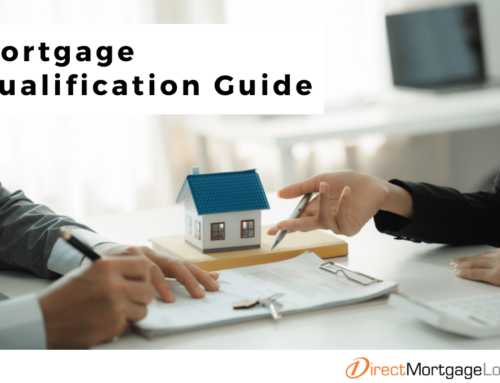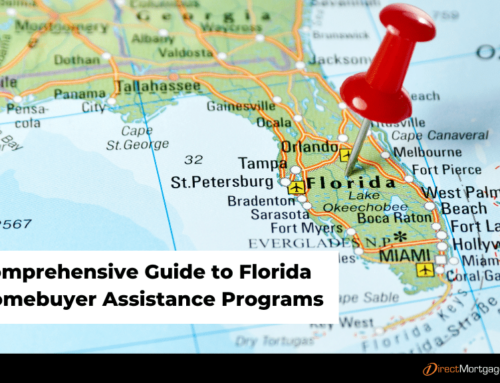An investment property is exactly what it sounds like- an investment! In the United States alone, 44.1 million American households are renters (National Multifamily Housing Council). Therefore, buying a rental property can potentially be a great investment if you do your research. Here is a simple, 4 step guide to buying an investment home at any age!
Subscribe to our blog to receive notifications of posts that interest you!
4 Step Guide to Investment Property
First things first, you need to decide if buying an investment property is a good decision for you. One of the main things to consider is the time and risk associated with an investment property. When buying a property with the hope of making an income, there is always an initial financial risk. In addition, investment properties often take very active involvement. From repairs to property management, you may likely need to be involved at the investment property you choose.
Step 1: Financing
Financing for an investment property is different than applying for a mortgage on a primary residence. For an investment property, you will likely need a larger down payment, pay more lender fees, and have higher interest rates.
Qualifications for an investment home:
- Down payments usually range from 15 to 25% of the properties purchase price
- Minimum credit score of 740 for best loan terms
- Conventional loan products only
- All assets must come from the buyer
- May need up to 6 months of mortgage payments held in a reserve account
To begin the application and financing process, contact us!
Step 2: Returns
When you purchase investment properties, you need to consider the return on investment (ROI). This can help determine if the property is truly profitable. To calculate the ROI of a property, you need to know:
- Annual rental income estimate
- Annual cash flow estimate (income minus expenses)
- Down payment and upfront cash
- Annual operating expenses estimate (repairs, management, insurance, taxes)
- Annual cash flow/ total amount of cash invested (make this branded)
Step 3: Find Property
Once you understand the financing, and have considered the returns, you will need to find the rental property for you. Here is a list of considerations to make when looking for the right property:
- Population growth in area
- Employment in area
- Other rented homes in the area (are they occupied?)
- Rising rent prices
- Declining vacancy rates
- Historic change in home values
- Neighborhood safety
- Location in relation to restaurants, cities, etc.
- School district
- Neighborhood rating
- Property taxes in the city (can vary by city)
You can review home prices and communities on sites like Zillow, Trulia, and Redfin. However, it is important to rely on true MLS-backed housing data for the home you take seriously. Your real estate agent will help you with this search!
Step 4: Track Finances
Once you find the home, your work is not over yet. You will need to track your income and expenses for your investment property. If you do not stay on top of tracking this, it can quickly become overwhelming. We recommend finding a reliable way to keep track of income and expenses such as an Excel spreadsheet. There are also programs out there to help with this!
Overall, buying an investment property takes a lot of upfront research and financial considerations. However, if you determine it is right for you, then this is what you need to do at any age to buy an investment property. To move further into the process, contact us!






Leave A Comment
You must be logged in to post a comment.